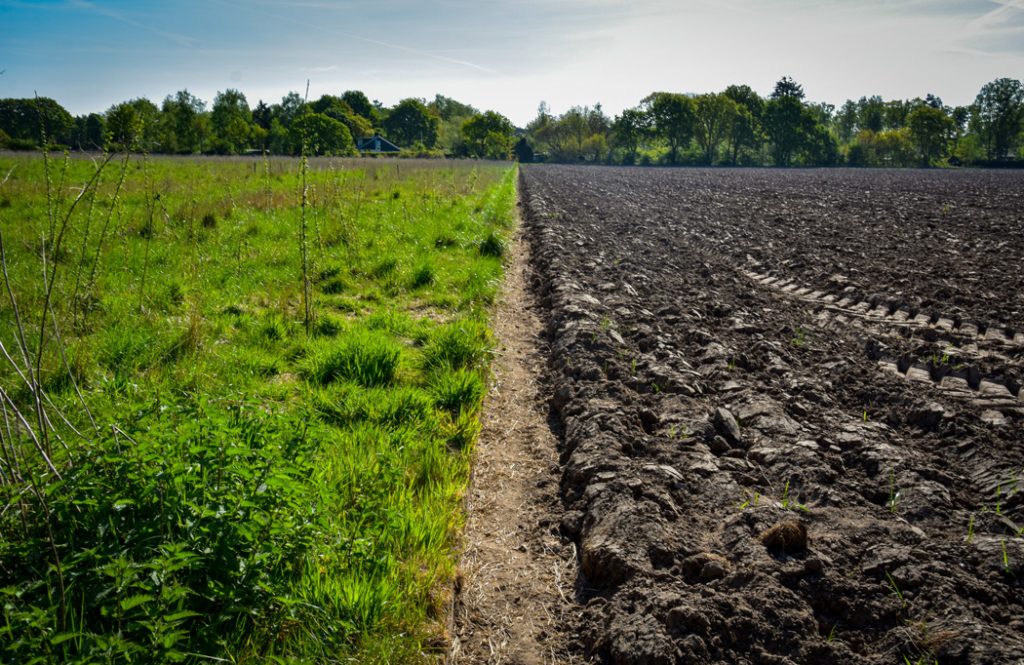
The most widely used definition of sustainability was established in 1987 when the United Nations Brundtland Commission defined it as “meeting the needs of the present without compromising the ability of future generations to meet their own needs.” While insightful, this definition creates an expectation that sustainability incurs sacrifices. Instead of the prospect of flourishing, the UN only emphasizes the provision of “needs.” The definition also frames our current desires in opposition to those of future generations, instead of making the two compatible.
What if we aspired for “flourishing in the present while improving the ability of future generations to flourish”? This is not a matter of sustainability exclusively, however—it’s a matter of regeneration.
The concept of regeneration has recently been adopted by many organizations as preferable to conventional notions of sustainability. At its core, a regenerative system is not only self-sustaining, but also self-restoring. In this sense, a regenerative system is like a healthy living system.
If you were to break a bone, for example, chances are you would prefer to have your body heal that bone, rather than sustain an unhealed injury for the rest of your life. Much like a body, economies are living systems; they emerge from the behaviors of human beings and are nested within natural ecosystems. Most would agree that today’s economy, unlike a regenerative and robust living system, is not in a healthy condition—to put it mildly.
In order to understand why, we can explore how our economies compare to other living systems.
Growth and Relationships
Traditional economic thinking has asserted that individuals and firms are inherently maximizers—they want to maximize consumption and profit respectively, creating what economists refer to as economic growth. What’s another entity in a living system that maximizes growth? Cancerous cells, for one. They rapidly consume resources and grow at the expense of the very body that supports them.
But humans are not inherently cancerous, and growth is not all we are concerned about. We also care about relationships, behaviors, and values independent of their ability to provide material gain. Unfortunately, through impersonal economic relationships, we have often become alienated from the ways our economic behavior infringes on these values.
In a regenerative living system, each part exists in a healthy relationship to the other parts. In contrast, our present economic system obscures relationships, and each part acts independently without regard to the overall system in which they exist.
How can we then move towards an economic system grounded in the reality of regenerative natural systems?
Eight Principles of a Regenerative Economy
The unconventional economist and writer John Fullerton and his team at the Capital Institute have dedicated thoughtful research into understanding the principles of regenerative natural systems. What began as a long list of observations was ultimately condensed into eight principles that they believe are both ubiquitous in nature and highly applicable for regenerative economics. The first few principles are as follows:
- In Right Relationship: A regenerative system supports healthy relationships among its internal parts as well as with other systems it interacts with (or is nested within).
- Views Wealth Holistically: Fullerton argues that wealth in all forms, including technological, social, and natural capital, should be “defined and managed systemically in terms of the well-being of the whole.”
- Innovative, Adaptive, Responsive: A regenerative economy adjusts to changing conditions. It directs capital and supports innovation in essential areas to improve systemic health instead of being driven by greed-based motives.
Other principles identified by Fullerton’s team include empowered participation, honoring community and place, “Edge Effect” abundance, robust circulatory flow, and seeking balance (CapitalInstitute.org).
Supporting Regeneration
Sustainability is necessary but not sufficient for our development as a regenerative, thriving society. By harnessing principles from nature, and understanding the systems in which we are nested, we can realign economic incentives to support the flourishing of all stakeholders.
Humans possess an innate capacity for empathy, altruism, and stewardship. We must now seek to create organizational structures that bring these values to the foreground for the enrichment of ourselves, others, and the entire planet.
